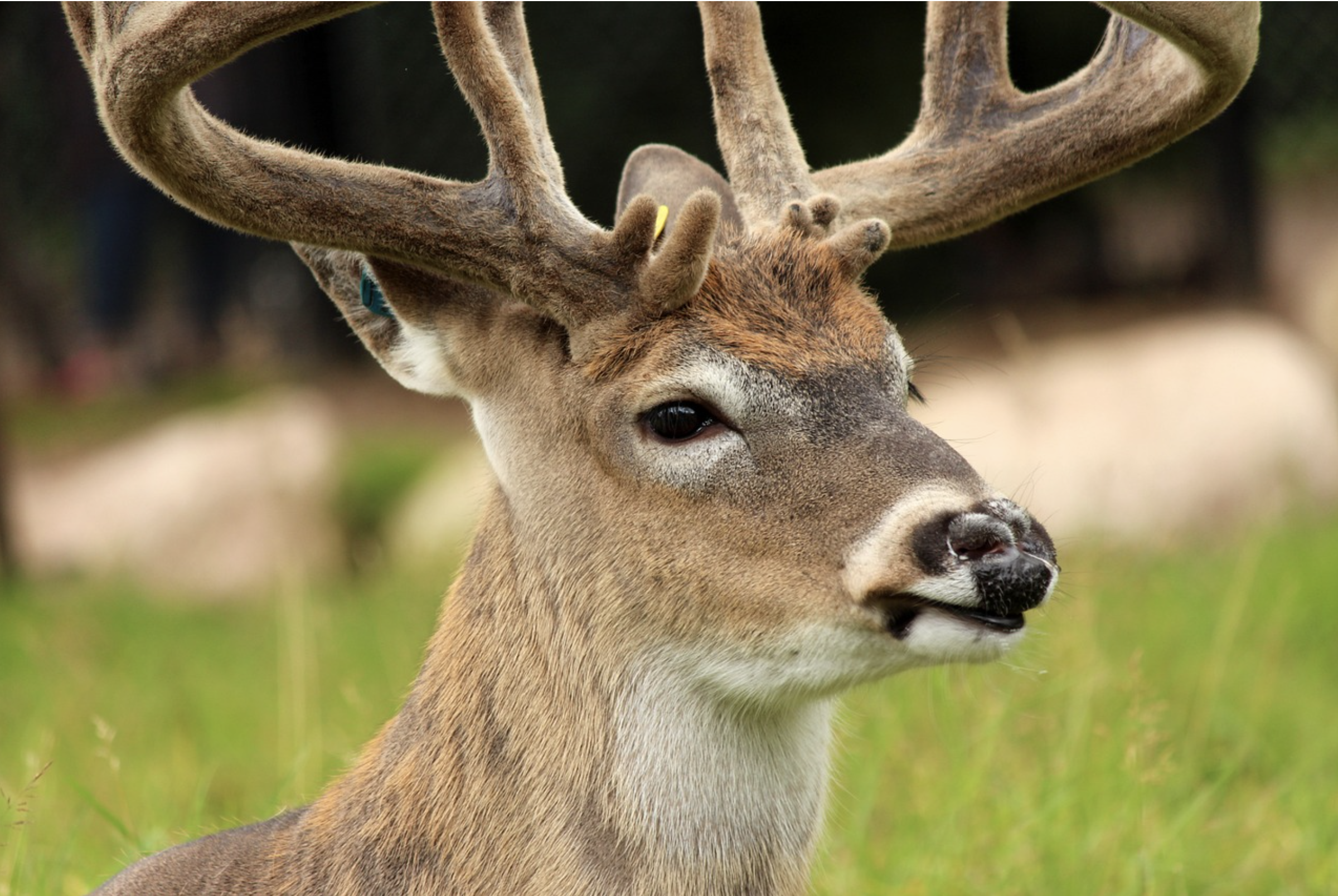Will the 2023 deer season be canceled?
CBS NEWS – Americans have transmitted COVID-19 to wild deer hundreds of times, an analysis of thousands of samples collected from the animals suggests, and people have also caught and spread mutated variants from deer at least three times.
The analysis published Monday stems from the first year of a multiyear federal effort to study the virus as it has spread into American wildlife, spearheaded by the U.S. Department of Agriculture’s Animal and Plant Health Inspection Service, or APHIS.
Scientists analyzed 8,830 samples collected from wild white-tailed deer across 26 states and Washington, D.C., from November 2021 to April 2022, to study the COVID variants that had infected 282 of them.
By comparing sequences from the viruses in deer against other publicly reported samples from databases of human infections around the world, they were able to trace the likely spread of these variants between humans and animals.
A total of 109 “independent spillover events” were identified, matching viruses spotted in deer to predecessors it likely descended from in previously infected humans.
“The potential for SARS-CoV-2, or any zoonotic disease, to persist and evolve in wildlife populations can pose unique public health risks.”
Several of these viruses appear to still be mutating and spreading between deer, including the Alpha, Gamma, and Delta variants of concern that drove an increase in deaths earlier in the pandemic, long after these lineages were subsumed by the wave of Omicron variants that continue to dominate nationwide.
Eighteen of the samples had no “genetically close human SARS-CoV-2 sequences within the same state” reported, foiling efforts to track down a precursor variant in humans.
“Overall, this study demonstrated that frequent introductions of new human viruses into free-ranging white-tailed deer continued to occur, and that SARS-CoV-2 VOCs were capable of persisting in white-tailed deer even after those variants became rare in the human population,” the study’s authors wrote …
North America’s first known case of a rabid moose confirmed in western Alaska
June 13, 2023
ANCHORAGE, Alaska (AP) — A moose in western Alaska has tested positive for rabies in the first apparent case of a rabid moose in North America, state game officials said.
Alaska Department of Fish and Game officials began receiving reports of a moose acting aggressively toward people in the community of Teller, located about 70 miles (113 kilometers) northwest of Nome on the Bering Sea coast, on June 2.
“It was drooling and being very aggressive towards people and it was wobbly, unstable on its legs,” Kimberlee Beckmen, a Fish and Game wildlife veterinarian told the Anchorage Daily News. “That was very unusual behavior.”
After consulting with Beckmen, department staff members killed the moose because of its aggressive behavior and signs indicative of a rabies infection. The carcass was burned to prevent the virus from spreading to scavengers.
The Alaska State Virology Laboratory later detected the rabies virus in the moose’s brain, the department said in a statement.
Last week, the department said other rabid moose had been diagnosed in South Dakota, Minnesota and Canada but corrected that on Monday to say the only known cases of rabies in moose were reported in Europe. Beckmen said the other cases in North America actually were places where moose were tested for rabies but the results were negative.
The western Alaska case is the first in North America, according to national database records dating from the 1950s.
The moose had a wound from a fox bite, the likely means of transmission. The moose contracted the Arctic fox rabies variant, according to the federal Centers for Disease Control and Prevention. That variant circulated last winter among red foxes on the Seward Peninsula and Arctic foxes on the North Slope.
Rabies outbreaks happen every year among fox populations throughout a large swath of Alaska, with outbreaks every eight to 10 years, Beckmen said.
This past winter was the largest outbreak the department had detected, including a large number of red foxes in the Nome area. Beckmen said 29% of the foxes sampled had rabies. That meant higher exposure to rabies for dogs that got into fights with foxes, Beckmen said.
The virus can affect and be fatal for humans, but the CDC says only up to three human cases are reported annually in the U.S.
Because of the rabid moose, the game department plans to test all dead wild mammals from parts of the state where rabies is generally present at a certain level among foxes, Beckmen said.
Officials also encouraged hunters and those processing game meat to wear gloves while butchering moose or other animals, washing hands thoroughly after handling game, disinfecting knives and other equipment that touches the meat and cooking game to an internal temperature of 165 degrees Fahrenheit.



